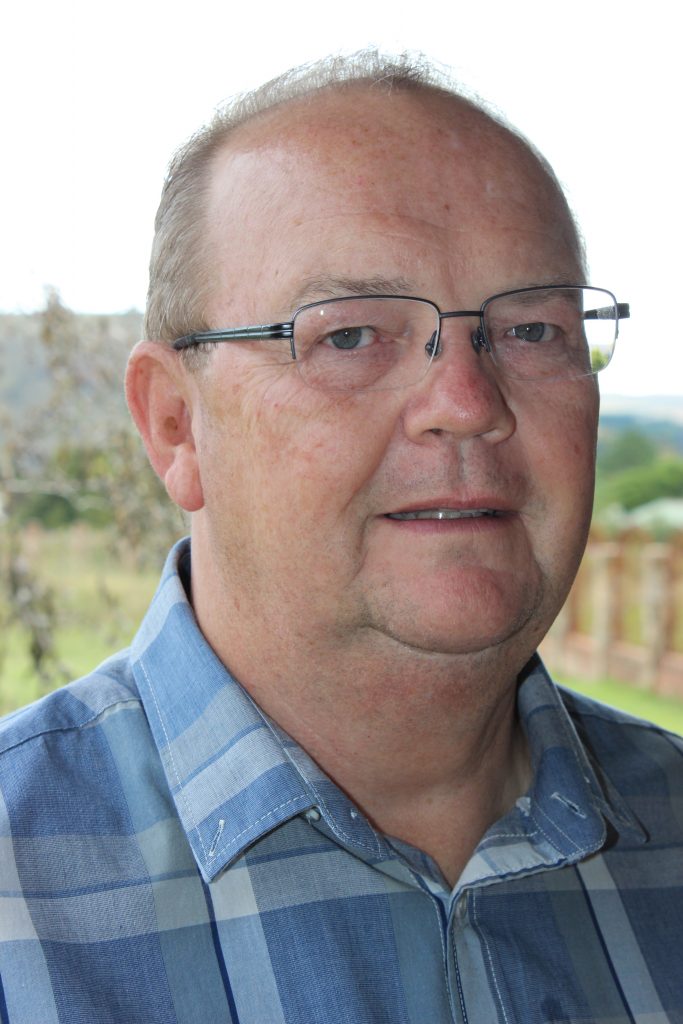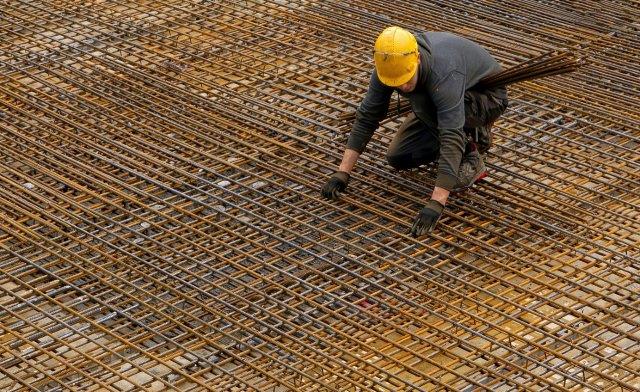
An urgent meeting of the technical committee of surface mining industry association, ASPASA, was convened to address inaccurate and procedurally incorrect laboratory tests that are costing the sand and aggregate industry hundreds of millions of Rands every year.
ASPASA is receiving ever-increasing complaints from its members with readymix concrete subsidiaries about stock returns and even litigations as a result of erroneous laboratory results conducted on concrete. In many of the instance’s tests used in evidence against members have been compiled by unaccredited laboratories or without a proper paper trail.
ASPASA director, Nico Pienaar, said the problem was being compounded by the closure of the Southern Africa Readymix Association (Sarma), which previously championed the fight against incorrect testing procedures, as well as tests from non-accredited laboratories. Whether the proliferation was as a result of laboratories taking chances due to the demise of Sarma, or simply a growing trend could not be established.

Crackdown coming
“In light of this, ASPASA will step in to address the problem, and we plan to take quick action. Laboratories need to be aware of the excessive costs incurred by suppliers when incorrect results are submitted. ASPASA is on a mission to improve the quality of the products that its members produce and is prepared to crack down heavily on laboratories who provide inaccurate results on the products as supplied – especially those who we find to be repeat offenders.
“We will also be addressing non-compliance issues with SANAS and report accredited laboratories who consistently produce suspect results on the SANSA complaints webpage for action to be taken. It is worth noting that the national standards surrounding testing of concrete are clear and have been around for a long time. It is just that some laboratories seem to be less committed to the drive for quality testing by abiding by these standard requirements.
“The issue that ASPASA will have to push is that commercial laboratories must be held responsible if they supply incorrect results. In such instances the results may lead to entire consignments of concrete being rejected by a client. In cases where concrete has been placed it can lead to litigation against the supplier which costs our members dearly,” says Barry.
Costly exercise
Technical committee chairman, Barry Pearce explains that the onus then lies on the supplier to prove the laboratory’s result are wrong and this can be a difficult and lengthy process. In the meantime, the damage to the reputation of the company suffers and cash flows can become severely constrained particularly in the current marketplace that is highly competitive with very low margins for profit. In some instances, these may even lead to the closure of smaller businesses which is a bitter pill for the association to accept even more so when the results are proven to be incorrect.
In some instances, engineers may even become unwilling victims as these incorrect results influence their decision to accept or reject the constructed works. In some cases, the use of inferior products have potentially deadly consequences. “As a result, the issue of engineers accepting incorrect results will have to be urgently addressed as we are finding that engineers do not always have sufficient knowledge on what happens in the laboratories to be able to evaluate the results they obtain.
“ASPASA is very concerned at the lack of accountability in some quarters of the industry where these material failures occur. Those at fault look at every means possible to point a finger in someone else’s direction rather than look to themselves to assist in resolving the issue and admit to their own wrong doing,” says Barry.
More news
- PART 2: CONCRETE IN THE DESIGN OF A UNIQUE LUXURY HOME IN GEORGE, SOUTH AFRICA
- PART 1: CONCRETE IN THE DESIGN OF A UNIQUE LUXURY HOME IN GEORGE, SOUTH AFRICA
- MVULE GARDENS, AFRICA’S LARGEST 3D-PRINTED AFFORDABLE HOUSING PROJECT
- PART 3: HARNESSING THE POTENTIAL OF HIGH SULPHUR FLY ASH IN CONCRETE PRODUCTION
- PART 2: HARNESSING THE POTENTIAL OF HIGH SULPHUR FLY ASH IN CONCRETE PRODUCTION





